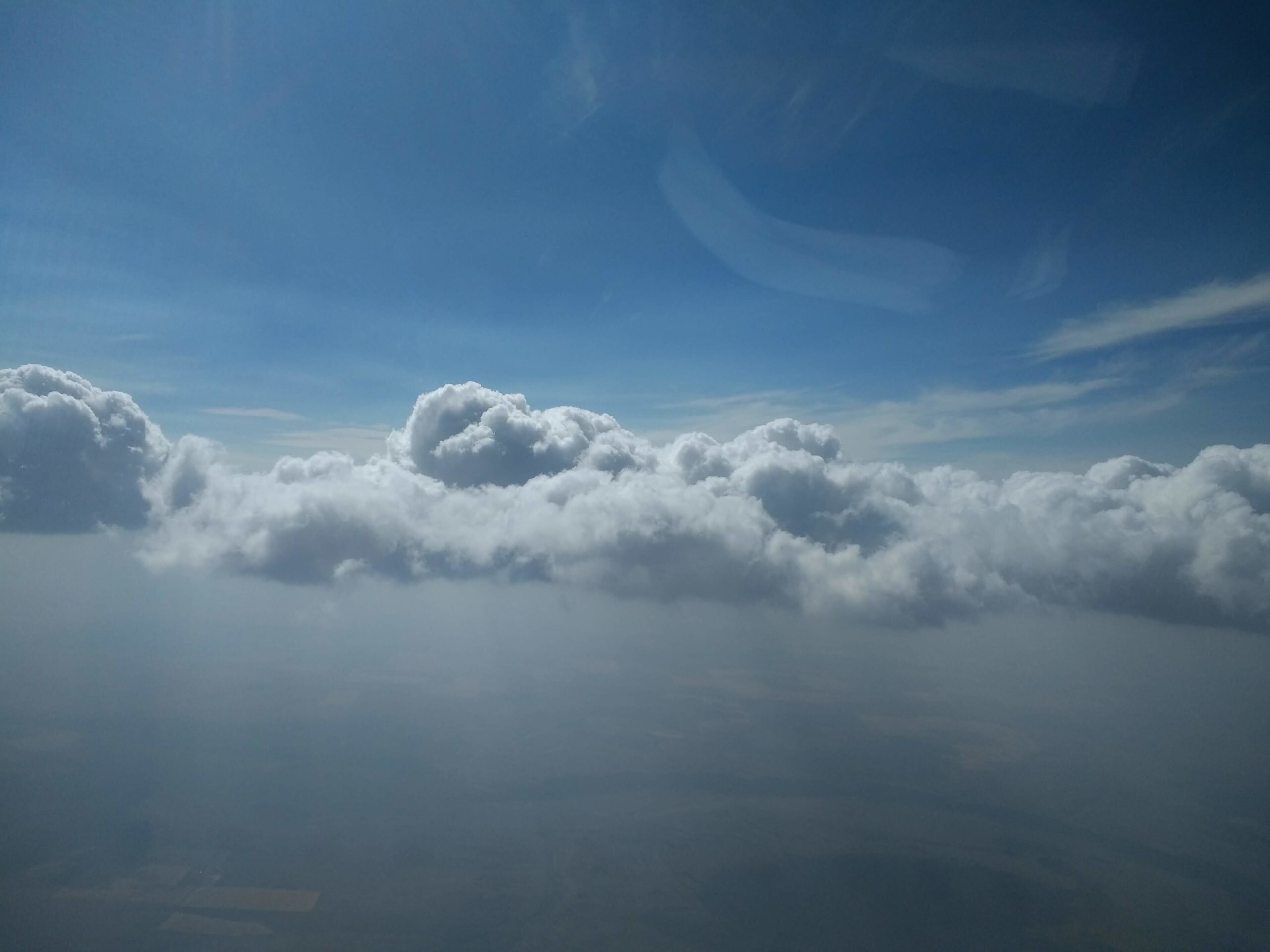With a series of heatwaves and wildfires aggravating the western United States for the last few months, rain is the most urgent need of the hour.
However, a new study published in the AGU journal Geophysical Research Letters, establishes that the tiny particles from the smoke emerging from the wildfires are causing less rain and leading to create dry conditions which instigate fire.
The smoke that is released from the fires consists of tiny particles over which water droplets can condense in clouds.

A research aircraft was used to sample the clouds and the particles to measure the properties of smoke particles and how they affected the properties of small cumulus clouds.
“Clouds were strongly influenced by smoke across the western U.S. On average, sampled clouds had about 5x as many droplets, and droplets were about 1/2 the size, as in clouds not influenced by smoke.
Because of their small droplet sizes, these smoky clouds are expected to reflect more light and produce less rain than clouds in clean air,” asserted the study in its summarised analysis.
The authors of the study were predicting a rise of water droplets in the clouds as more particles create more droplets.
However, the difference between the smoky clouds and clean clouds showed a considerable difference.
It was observed that smoky clouds hosted about five times the number of droplets than their clean counterparts.
Moreover, the smoky droplets were also half the size of pristine droplets, asserted the American Geophysical Union where the study is published.
The size difference is significant because small droplets have less chance of growing and falling as rain. Hence, more wildfires in the western US would mean less rain, according to the study.
Lead author Cynthia Twohy, an atmospheric scientist at NorthWest Research Associates and Scripps Institution of Oceanography, said, “We were surprised at how effective these primarily organic particles were at forming cloud droplets and what large impacts they had on the microphysics of the clouds.
I started thinking, What are the long-term effects of this? We have drought, and we have a lot of wildfires, and they’re increasing over time. How do clouds play into this picture?”
Twohy, along with a team of Atmospheric Chemists, has stayed the summer of 2018 in a C-130 Hercules research plane, sampling mid-altitude altocumulus clouds while fires burned across the western U.S.
There were instruments on the plane which measured gases and particles emitted by wildfires and sampled droplets. The chemistry of these gases and particles was analyzed by Twohy back in the lab.
Ann Marie Carlton, an atmospheric chemist at the University of California-Irvine who was not part of the team, said, “What really excited me about this paper were the connections to the hydrological cycle.
They observed differences in cloud droplet size and precipitation, and cloud formation definitely impacts the hydrologic cycle. To have cloud-related findings so robust is sort of unusual, in my experience.”